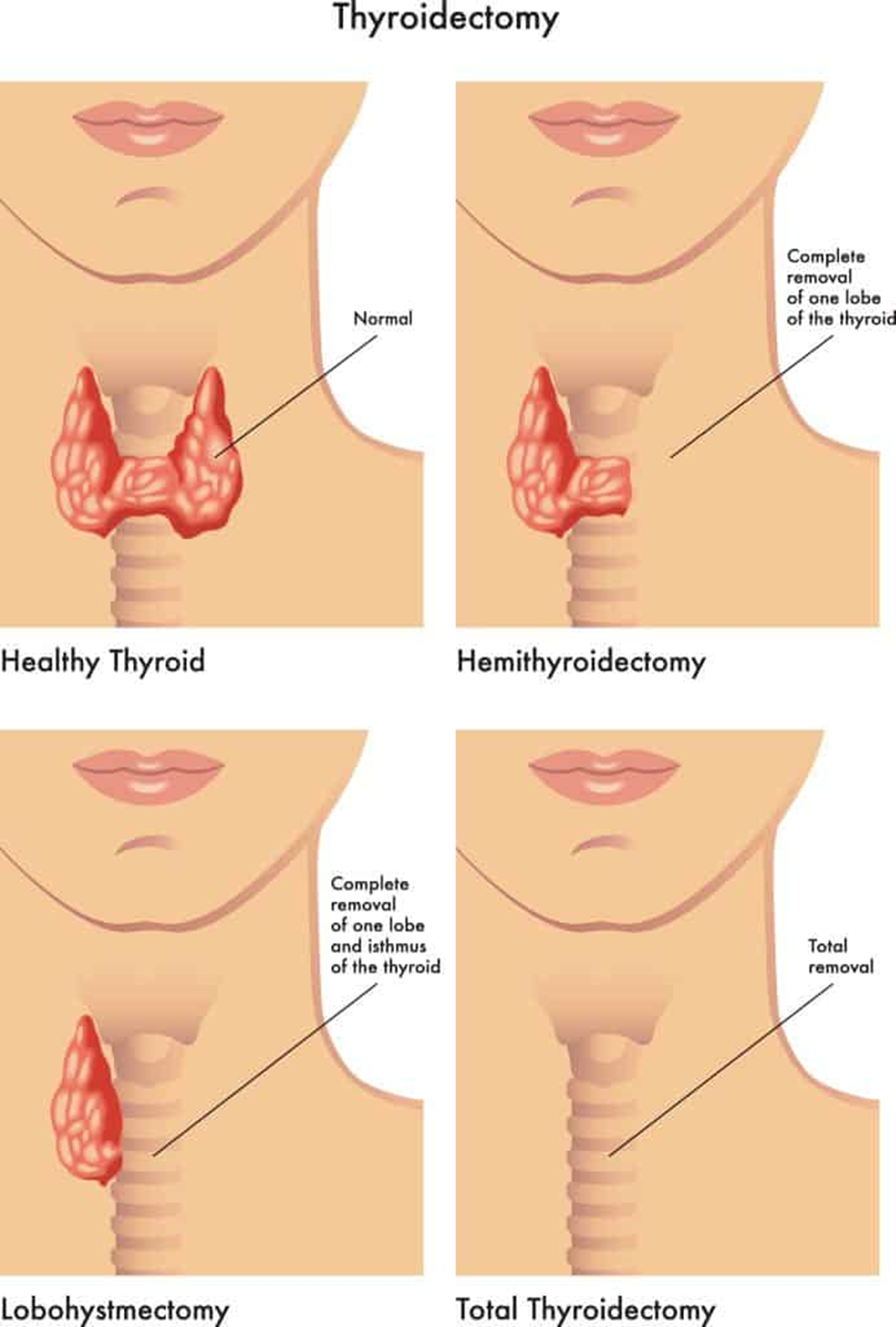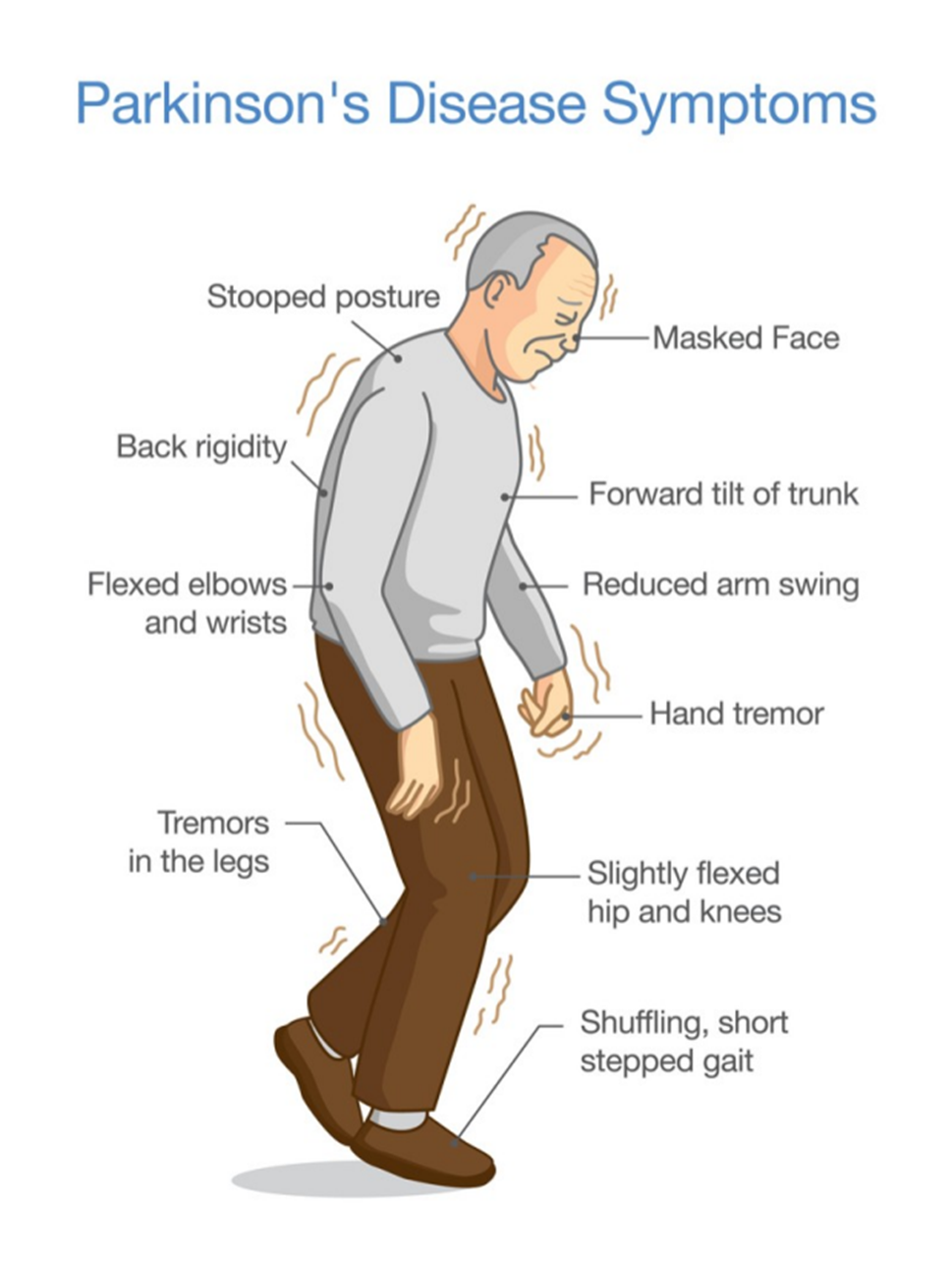A postoperative client following a thyroidectomy suddenly develops difficulty breathing, stridor, and an increase in swelling of the anterior neck area. What should the nurse do first?
Activate the hospital’s emergency or rapid response system.
Place a heart monitor on the client and observe for dysrhythmias.
Ask the charge nurse to come see the client immediately.
Check the client’s blood pressure and heart rate.
Provide a calm and assuring environment for the client.
Place the emergency cart at the bedside.
The Correct Answer is A
Choice A reason: The first priority in this situation is to ensure the client’s airway is secure. Difficulty breathing and stridor indicate a potential airway obstruction, which can be life-threatening. Activating the hospital’s emergency or rapid response system ensures that the client receives immediate medical attention from a team equipped to handle such emergencies. This step is crucial to prevent respiratory arrest and other complications.

Choice B reason: While placing a heart monitor on the client and observing for dysrhythmias is important, it is not the immediate priority in this scenario. The client’s airway and breathing take precedence over monitoring heart rhythms. Once the airway is secured and breathing is stabilized, then monitoring for dysrhythmias can be considered.
Choice C reason: Asking the charge nurse to come see the client immediately is a reasonable action, but it is not the most effective first step. The charge nurse may not have the necessary equipment or expertise to handle an acute airway obstruction. Activating the emergency or rapid response system ensures that a specialized team responds quickly.
Choice D reason: Checking the client’s blood pressure and heart rate is important for overall assessment, but it is not the immediate priority when there is a potential airway obstruction. Ensuring the client can breathe is the most critical action. Vital signs can be checked once the airway is secured.
Choice E reason: Providing a calm and assuring environment for the client is beneficial for reducing anxiety, but it does not address the immediate threat to the client’s airway. While maintaining a calm environment is important, the nurse must first ensure the client’s airway is open and breathing is adequate.
Choice F reason: Placing the emergency cart at the bedside is a preparatory step that can be useful, but it is not the first action to take. The nurse should first activate the emergency or rapid response system to get immediate help. The emergency cart can be brought to the bedside by the responding team.
Nursing Test Bank
Naxlex Comprehensive Predictor Exams
Related Questions
Correct Answer is C
Explanation
Choice A Reason:
Telling his wife what the client needs is not the most effective discharge action. While it is important for the wife to understand the client’s needs, this approach is too passive and does not actively engage the client or his wife in the care process. Effective management of Parkinson’s disease requires active participation from both the client and the caregiver to ensure adherence to the care plan and to address any concerns or preferences they may have.
Choice B Reason:
Setting up visitations by a home health nurse can be beneficial, but it is not the most effective discharge action on its own. Home health nurses can provide valuable support and monitoring, but the success of the management plan also depends on the involvement and commitment of the client and his wife. Without their active participation, the care plan may not be fully effective.
Choice C Reason:
Involving the client and his wife in developing a plan of care is the most effective discharge action. This approach ensures that both the client and his wife are fully engaged in the care process, understand the management plan, and are more likely to adhere to it. Collaborative care planning allows for the consideration of the client’s and caregiver’s preferences, needs, and concerns, leading to a more personalized and effective care plan. This active involvement can also empower the client and his wife, improving their confidence in managing the disease.

Choice D Reason:
Writing up a detailed plan of care according to standards is important, but it is not the most effective discharge action if done in isolation. A standardized care plan may not address the unique needs and preferences of the client and his wife. Without their involvement in the development of the plan, there may be a lack of understanding or commitment to the care plan, reducing its effectiveness. Personalizing the care plan through active involvement of the client and his wife is crucial for successful management.
Correct Answer is A
Explanation
Choice A: Ammonia
Lactulose is administered to patients with hepatic encephalopathy to reduce the levels of ammonia in the blood. Hepatic encephalopathy occurs due to the liver’s inability to detoxify ammonia, a byproduct of protein metabolism. Lactulose works by converting ammonia into ammonium, which is then excreted in the stool. This helps to lower blood ammonia levels and alleviate the symptoms of hepatic encephalopathy.
Choice B: Dysarthria
Dysarthria, or difficulty in articulating words, is a common symptom of Parkinson’s disease. It results from the muscle rigidity and bradykinesia (slowness of movement) that affect the muscles involved in speech. Patients with Parkinson’s often have a soft, monotone voice and may struggle with the clarity of their speech.
Choice C: Muscle Rigidity
Muscle rigidity is one of the hallmark symptoms of Parkinson’s disease. It refers to the stiffness and inflexibility of the muscles, which can affect any part of the body. This rigidity can lead to discomfort and pain, and it contributes to the characteristic stooped posture and shuffling gait seen in Parkinson’s patients.
Choice D: Seizures
Seizures are not typically associated with Parkinson’s disease. While Parkinson’s affects the central nervous system, it primarily impacts motor function rather than causing seizure activity. Therefore, this is not a common finding in Parkinson’s patients.
Choice E: Drooling at Times
Drooling, or sialorrhea, is a common symptom in Parkinson’s disease. It occurs due to the decreased ability to swallow saliva, which can result from muscle rigidity and bradykinesia affecting the muscles involved in swallowing. This can be particularly bothersome for patients and may require management strategies.
Choice F: Mask-like Facial Expression
A mask-like facial expression, also known as hypomimia, is a common feature of Parkinson’s disease. It results from the rigidity and bradykinesia affecting the facial muscles, leading to reduced facial expressions and a fixed, staring appearance.
Choice G: Shuffled Gait
A shuffled gait is a characteristic feature of Parkinson’s disease. Patients often take small, shuffling steps and may have difficulty initiating movement. This gait pattern is due to the combination of muscle rigidity, bradykinesia, and postural instability.
Choice H: Stooped Posture
Stooped posture is another common symptom of Parkinson’s disease. It results from the muscle rigidity and postural instability that affect the patient’s ability to maintain an upright position. This can lead to a forward-leaning posture and balance issues.
Whether you are a student looking to ace your exams or a practicing nurse seeking to enhance your expertise , our nursing education contents will empower you with the confidence and competence to make a difference in the lives of patients and become a respected leader in the healthcare field.
Visit Naxlex, invest in your future and unlock endless possibilities with our unparalleled nursing education contents today
Report Wrong Answer on the Current Question
Do you disagree with the answer? If yes, what is your expected answer? Explain.
Kindly be descriptive with the issue you are facing.
